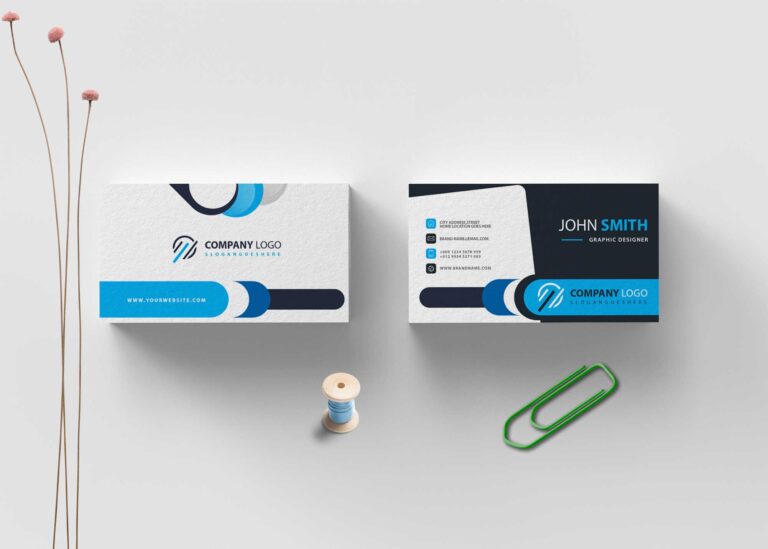In today’s fast-paced and competitive marketplace, businesses are continually seeking innovative strategies to enhance profitability and ensure sustained growth. One such approach that has gained significant traction is the recurring income model. This business strategy revolves around generating consistent revenue streams through subscriptions, memberships, or other forms of regular payments. As we look toward 2025, it becomes increasingly crucial to understand how to implement and maximize such models effectively.
Table of Contents
Understanding Recurring Income Models
Recurring income models are structured to earn revenue on a regular basis, which can provide predictability in cash flow and stability in financial planning. Unlike traditional sales models that rely on one-time purchases, recurring income focuses on building long-term relationships with customers.
Types of Recurring Income Models
There are several types of recurring income models that businesses can adopt:
- Subscription Services: Customers pay a recurring fee for access to a product or service.
- Membership Programs: A model where customers join by paying a fee to access exclusive content or benefits.
- Retainer Agreements: Businesses offer services over a period in exchange for a regular fee.
- Freemium Models: Basic services are offered for free, with premium features available for a subscription fee.
The Importance of Customer Retention
Maximizing profits through recurring income models fundamentally hinges on customer retention. Businesses must focus on keeping their customers engaged and satisfied to minimize churn and maximize lifetime value (LTV).
Strategies for Enhancing Customer Retention
To improve customer retention in a recurring income model, consider the following strategies:
- Deliver Exceptional Value: Ensure your product or service consistently meets or exceeds customer expectations.
- Personalize Interactions: Leverage data analytics to tailor your communications and offers to individual customer preferences.
- Enhance Customer Support: Provide accessible and responsive customer service to address issues promptly.
- Engage Customers Regularly: Maintain regular communication through newsletters, updates, or exclusive content to keep your brand top-of-mind.
- Solicit Feedback: Actively request and analyze customer feedback to improve your offerings.
Leveraging Technology for Recurring Income
With advancements in technology, businesses can streamline their operations and enhance customer experience in a recurring income model.
Utilizing Subscription Management Software
| Feature | Benefit |
|---|---|
| Automated Billing | Reduces manual processes and errors, ensuring timely payments. |
| Analytics & Reporting | Provides insights into customer behavior and revenue trends. |
| Customer Segmentation | Allows targeted marketing strategies based on user demographics and behavior. |
| Churn Management | Helps identify at-risk customers and implement retention strategies. |
Implementing Customer Relationship Management (CRM) Systems
A robust CRM system can be invaluable for managing customer interactions and data. Key benefits include:
- Enhanced Customer Insights: Gain a deeper understanding of customer needs and preferences.
- Streamlined Communication: Keep track of interactions and follow-up actions.
- Improved Sales Processes: Automate workflows and manage leads effectively.
Pricing Strategies for Recurring Income Models
The pricing strategy for a recurring income model significantly impacts profitability. Businesses must consider various factors when establishing their pricing structure.
Common Pricing Models
- Flat-rate Pricing: A single fixed price for all services.
- Tiered Pricing: Different levels of service at varying price points.
- Usage-based Pricing: Charges based on usage metrics, appealing to a broader audience.
Testing and Optimization
It is crucial to continuously test and optimize pricing strategies based on customer feedback and market conditions. A/B testing different pricing tiers can provide insights into customer preferences and willingness to pay.
Future Trends in Recurring Income Models
As we move toward 2025, several trends are likely to shape the landscape of recurring income models.
Increased Focus on Sustainability
Consumers are becoming more eco-conscious, and businesses that emphasize sustainability practices in their recurring income models are likely to appeal to a growing demographic. This includes:
- Eco-friendly products and services
- Transparent sourcing and production processes
- Commitment to social responsibility
Integration of AI and Machine Learning
AI can enhance personalization and customer experience in recurring income models. By analyzing vast amounts of data, businesses can:
- Predict customer behavior
- Automate customer interactions
- Optimize product recommendations
Conclusion
Recurring income models offer a sustainable path to maximizing profits and securing long-term business success. By emphasizing customer retention, leveraging technology, and continuously optimizing pricing strategies, businesses can not only thrive in the current market but also position themselves favorably for future growth. As we advance toward 2025, implementing these strategies will be essential for any business looking to take full advantage of the recurring income opportunity.
FAQ
What is a recurring income model?
A recurring income model is a business strategy where companies generate consistent revenue by offering products or services on a subscription basis, ensuring predictable cash flow.
How can I implement a recurring income model in my business?
To implement a recurring income model, identify your core offerings, segment your audience, create subscription tiers, and provide added value to encourage long-term customer retention.
What are the benefits of recurring income models for businesses?
Recurring income models provide predictable revenue, enhance customer loyalty, streamline financial forecasting, and often lead to higher lifetime customer value.
Which industries benefit most from recurring income models?
Industries such as software as a service (SaaS), subscription box services, and membership-based organizations typically benefit the most from recurring income models.
What strategies can boost customer retention in a recurring income model?
To boost customer retention, focus on delivering exceptional customer service, regularly update your offerings, engage customers through personalized communication, and provide incentives for long-term subscriptions.
How can I forecast revenue with a recurring income model?
To forecast revenue, analyze historical data, determine your monthly recurring revenue (MRR), account for churn rates, and consider customer acquisition costs to create realistic projections.









